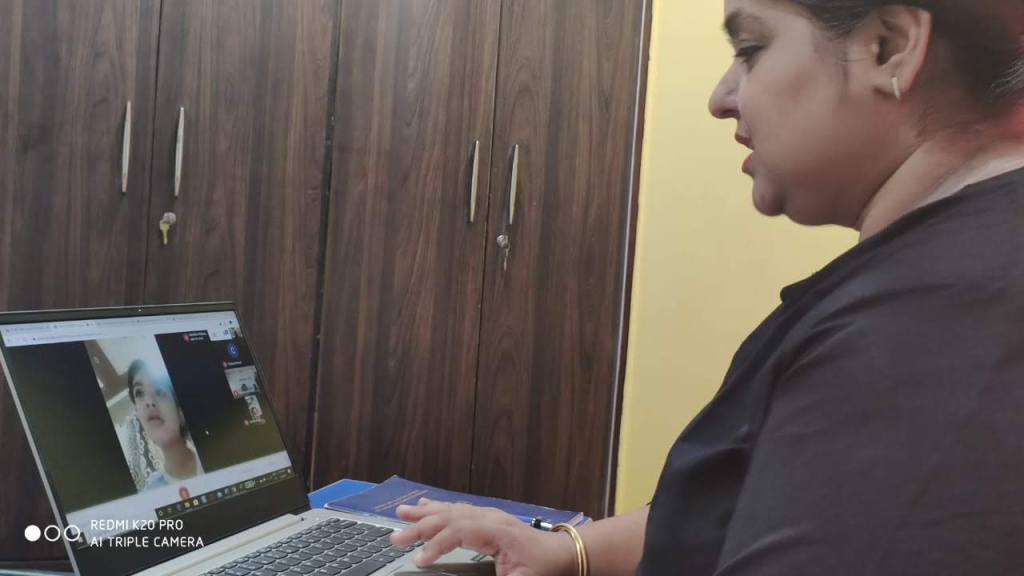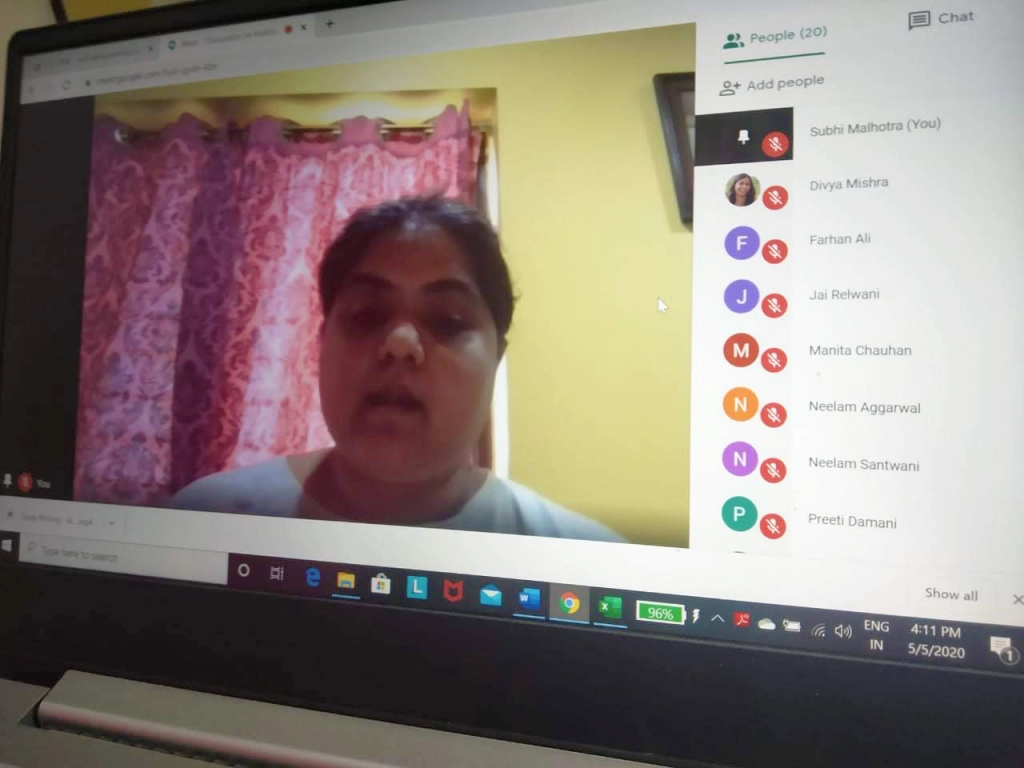With online classes becoming the new normal in education around the world, parents, students and teachers weigh in about the challenges and opportunities.
By Shweta Bhandral
“Someone has entered the group, they are removing kids from the class, you have to come here,” Sasha, my 11-year-old, shouted for me to check what was going on in her online class before the teacher came in. The children were in panic mode, or perhaps excited, all the microphones and videos were on, and a surprisingly healthy discussion was taking place. Who could this be? Why would they be doing this? Is this cybercrime? They went on and on with their arguments and counter-arguments until I told them to run a virus scan on all their computers and inform the class teacher.
Online education is de rigeour in the days of the COVID lockdown, from small towns in India to the world’s most prestigious universities. While this appears to be the best solution in the short-term, there are various pros and cons that have already become clear in the past two months of the lockdown, especially in a developing country like India.

THE CHALLENGES
Just a few days into lockdown, Arambh School in Raipur, Chhattisgarh, asked its teachers to explore and identify an online platform. Subhi Malhotra, 40, who teaches English from grades three to six, found that the task wasn’t as simple as it sounds, and some teachers took up to a week to understand the process. She adds, “Not everyone can afford computers, headphones, broadband connections and the other devices one needs in this kind of setup.”
Neither are all teachers tech-savvy, trained to embrace change, or understanding of the needs of introverts who sit quietly in class. In addition, lack of private spaces in Indian homes could be a major hindrance to such classes for both teachers and students.
Connectivity and bandwidth issues have emerged as the biggest challenges in the Indian scenario. And while many kids genuinely do not have the resources required, many others happily use it as an excuse to skip class. Bandwidth issues are also forcing schools to keep the video off, which means that the teacher has no clue if the child is sitting and listening in the class or playing online or offline games, or using the internet for other purposes entirely.
At this nascent stage, training is needed to build online etiquettes – such as muting one’s mic, sitting at a spot with minimum background movement, chatting in the chatbox while the class is on, and so on. The class size also needs a re-think. A class with 40 or 90 students becomes just a monologue by the teacher.

“Online learning is not going to work if it replicates the classroom – monologues are not the way forward,” says renowned education strategist Meeta Sengupta. “Online is an egalitarian medium, and teachers will need to create lessons that are about listening more than about talking.”
Long scattered timetables have also increased the screen and sitting time of the child, which is physically harmful and mentally tiring. “Though we are getting to interact with our teachers and schoolmates and finishing our syllabus faster than normal, I don’t think it’s a good idea for our eyes and health,” says my daughter, Sasha, whose head starts to ache after a point.
Twelve-year-old Avi agrees: “The timetable sometimes has too many continuous online classes, which makes my eyes hurt, and sometimes the timetable has too many offline classes, which become boring.”
After all, a child’s education doesn’t end with textbook syllabi but includes all the other aspects that school provides: the friendship of peers, the attention of adults and a hands-on learning experience. Ten-year-old Raipur schoolboy Arjun says, “Going to school is much more fun than sitting at home. I miss my friends.” Sitting in one’s home may also make children lazy or laid-back, or alternatively, frustrated at their lack of resources.

THE OPPORTUNITIES
But there are multiple positives to be spotted as well. Most children have taken to these classes like a pro and even help their teachers to conduct class peacefully. They are happy to upload their assignments on the Google Classroom, and with online worksheets, teachers no longer have to spend hours and days on correcting hand-written copies.
Aditi Grover, 44, who teaches entrepreneurship and retail to high school students in a public school in Delhi-NCR, affirms that the experiment had been successful for her senior classes. “These students are mature enough to understand the medium, its advantages and challenges. For subjects like IT, web apps and entrepreneurship, it is a blessing in disguise as the concepts can be explained better by features like screen sharing,” she opines.
Schools that were lagging in technology had no option but to pull up their socks, and even government schools have gone ahead with digital transformation.
Teachers have shed their inhibitions, adapted new technologies, and now better understand the world in which their students operate. Assignments are now given keeping in mind the availability of resources at home, which is making the teaching process more relatable and practical.

With most teachers being women, some effort is required to adapt to the new work-life imbalance, though. A senior teacher from a public school in Mumbai shares, “Teachers are working 24/7 these days, dealing with their household work, taking classes, understanding technology, making audio PPTs and assignments. Those who are good with technology are helping their peers catch up.” It’s a new normal, for sure.
Post-lockdown, Meeta suggests schools focus on best practices for health and safety first, then focus on safe spaces for genuine learning. “We have seen that the world managed well without an intense focus on exams and results – let us bring learning to the fore and push exams back to their proportionate spaces,” she says, adding that this may just be an opportunity for course correction.
“Education is about safety, care and progress, but we gave that up and ran children through the same assembly line regardless of safe mental spaces to grow, or care for personal potential,” Meeta says. “Everyone cannot and must not progress into being the best photocopier of them all. This is the time to reframe, redraft and rebuild our ways of learning and teaching. Our pause gives us a chance to turn our faces towards the sun again, towards authentic learning.”
First published in eShe’s June 2020 issue

